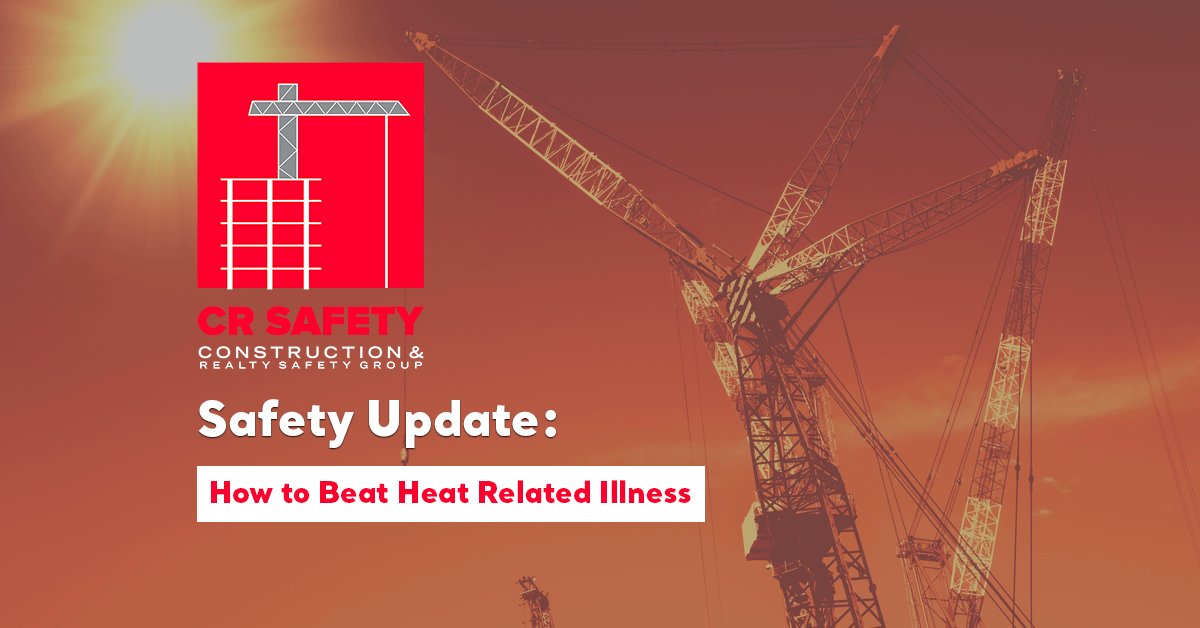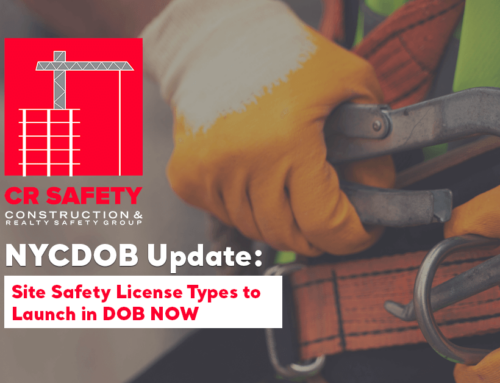Planning and Preparation:
Preventing heat-related illness on a job site is a team effort, and it’s essential to remember that OSHA holds specific responsibilities toward employers during periods of excessive heat, including the provision of water and the allowance of adequate rest intervals for workers.
Employers should also consider implementing a work/rest schedule, such as the one developed by the National Institute for Occupational Safety & Health (NIOSH). For example, a worker performing heavy work in temperatures of 104 degrees should work for 20 minutes, and rest for 40, while a worker performing light work in the same temperatures can continue operating as usual until temperatures reach 106 degrees.
Another helpful practice companies are encouraged to adopt is called acclimatization. Acclimatization refers to establishing “breaking in” periods for new and returning workers after an absence of one or more weeks, allowing them to gradually build up their tolerance to the heat.
For more on how to establish and implement a Heat Illness Prevention Plan.
Signs of Heat-Related Illness:
Exposure to heat can cause illness and even death. In order to prevent heat-related illness and death on a job site, it’s important to recognize the signs and symptoms of prolonged exposure.
Risk Factors for Heat-Related Illness
- High temperature and humidity, direct sun exposure, no breeze or wind.
- Heavy physical labor
- No recent exposure to hot workplaces
- Low liquid intake
- Waterproof clothing
Symptoms of Heat Exhaustion: Symptoms of heat exhaustion include headache, dizziness, fainting, weakness and wet skin, irritability and/or confusion, excessive thirst, nausea, or vomiting.
Symptoms of Heat Stroke: Symptoms include confusion, collapsing or passing out, and even seizures, an individual suffering from heat stroke may also stop sweating.
Ways Employers Can Prevent Heat-Related Illness According to OSHA:
- Establish a complete heat illness prevention program.
- Provide adequate training on the hazards leading to heat stress and how to prevent them.
- Provide cool water for workers, OSHA recommends one pint of water per hour.
- Modify work schedules and arrange frequent rest periods with water breaks in shaded or air-conditioned areas.
- Gradually increase workloads and allow more frequent breaks for workers new to the heat or those that have been away from work to adapt to working in the heat (acclimatization).
- Designate a responsible person to monitor conditions and protect workers who are at risk of heat stress.
- Consider protective clothing that provides cooling.
How to Protect Workers From Heat-Related Illness:
- Know the signs/symptoms of heat illnesses; monitor yourself; use the buddy system.
- Block any direct sunlight and other heat sources.
- Drink plenty of fluids and drink often and before you are thirsty.
- Avoid beverages that may contain alcohol or caffeine.
- Wear lightweight, light-colored, loose-fitting clothes.
What to do When a Worker is Suffering From Heat-Related Illness:
- Call a supervisor for help, if the supervisor is not available, call 911.
- Have someone remain with the worker until help arrives.
- Move the worker to a cool/shaded area.
- Remove outer clothing.
- Fan and mist the worker with water; apply ice if available.
- Provide cool drinking water if the worker is able to drink.
When it comes to heat-related illness, it’s important to remember that trying to diagnose which heat-related illness a worker may be suffering from is not a top priority. It is essential to begin rendering first aid right away and to contact 911 immediately, especially when signs of heat stroke are observed.
A Full-Service Safety Management Firm
CR SAFETY offers full-service construction safety solutions, including on-site, professional safety management staffing, complete and customized Plan Program Development, and all required safety training.





